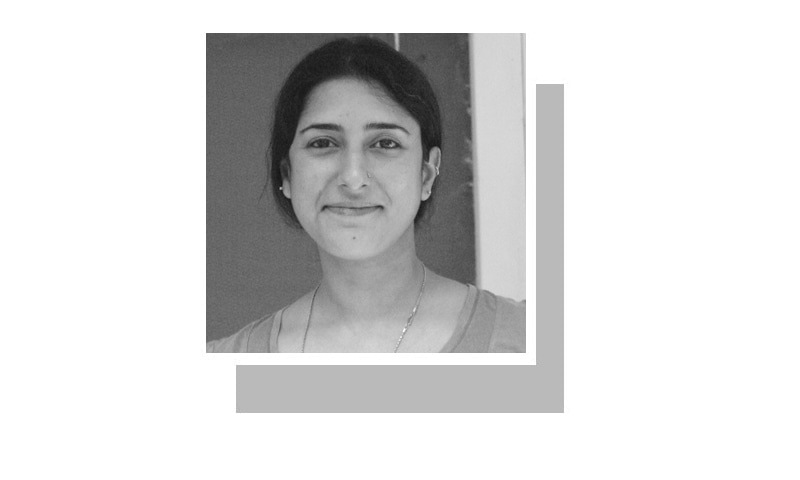
THE photographs that appeared on the news and social media were nothing short of heart-rending: women frantically gathering up meagre belongings, children running helter-skelter, men angry and shouting. And in the backdrop, in the foreground, massive shiny machines built to do damage, pulling apart what had already and always been a tragedy in any case.
The scene described is the slum settlement in Islamabad’s I-11 area that the Capital Development Authority decided to demolish back in 2015. The people living here were the poorest of the urban poor in any case. They put up what resistance they could against the wrath of the state, with the stand-off on one day lasting up to eight hours as the slums residents squatted in front of the bulldozers. Heavy contingents of police had been called to the scene in case of what the newspapers call an ‘untoward incident’, and civil society activists got involved.
Eventually, though, what had always been inevitable happened: the settlement was demolished and the former residents were left to melt away to wherever they could find — which, one assumes, would probably have been no better than what they had been forced to leave. Thirty-four other slums in the federal capital had been slated for razing, too.
Illegal slums come up because no legal options are provided.
This story plays out in its various iterations across the country, all the time. In the overwhelming number of cases, given that those affected are poor and have no voice, the tale would have ended here. In the 2015 I-11 case, though, for once there was a different trajectory. Spurred by this confrontation, the Awami Workers Party — members of which had been involved in trying to resist the slum demolition — filed a petition in the Supreme Court demanding compensation and alternative housing for the people affected, arguing that it was the duty of the state to provide shelter to every citizen.
Reportedly, a draft law on the matter was also prepared and submitted by the AWP and the Law and Justice Commission of Pakistan. It aims to provide a legal framework for the regularisation of slums, the resettlement of people evicted, and the provision of low-income housing.
Last week, this petition came up for hearing at the Supreme Court. Taking the matter forward, Chief Justice of Pakistan Saqib Nisar ordered the federal and provincial governments to provide a response to the draft law within a month, commenting that slums should be shifted if required. At the same time, though, he raised the question of whether the state actually had the resources to provide housing to every person, and whether or not it would be legitimate to expect the state to be providing compensation against the illegal occupation of land.
There is logic of course in what the august body said. It is true that most of the slums of the sort that built up in I-11 over the years are illegal. In point of technicality, this original piece of illegality — in taking over effective control of a resource that does not belong to them — should not be something that the state and its resources are responsible for compensating for. And, one may argue, that too in the context of a state that is unable to provide to its citizenry other basic human needs and constitutional rights such as potable water, education and even security of life and property.
At the same time, however, surely part of the equation should be that illegal slum settlements come up precisely because the administration fails to provide affordable legal options, and because this country’s town and cities suffer from a marked lack of planning and foresight. Consider the case of the I-11 slum and, indeed, the many others in the federal capital — estimated at over 30 and between them accommodating more than 200,000 people.
The unpalatable reality is that the well-off sections of society need cheap labour, and that cheap labour needs somewhere to live. But in the well-heeled sections of Islamabad, little provision was made in the original master plan to address this basic fact. As a result, workers made room of sorts to live wherever they could, empty plots and land earmarked to eventually house amenities. Over the years, these informal collections of dwellings grew, eventually reaching a size that became inconvenient for better-placed neighbours as well as the city managers, thus leading to periodic attempts to erase them.
Obviously, though, the problem — in Islamabad and elsewhere in our towns and cities — is not going to ever be effectively resolved unless a cohesive plan is created to accommodate the need for low-cost housing, at locations where employment opportunities are available. The prime minister has commented that his government intends to address the issue, which is commendable. The thing to be kept in mind, though, is that the challenges includes not just the provision of housing for the poor, but also placing it exactly where it is required.
The writer is a member of staff.
hajrahmumtaz@gmail.com
Published in Dawn, September 10th, 2018











































